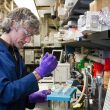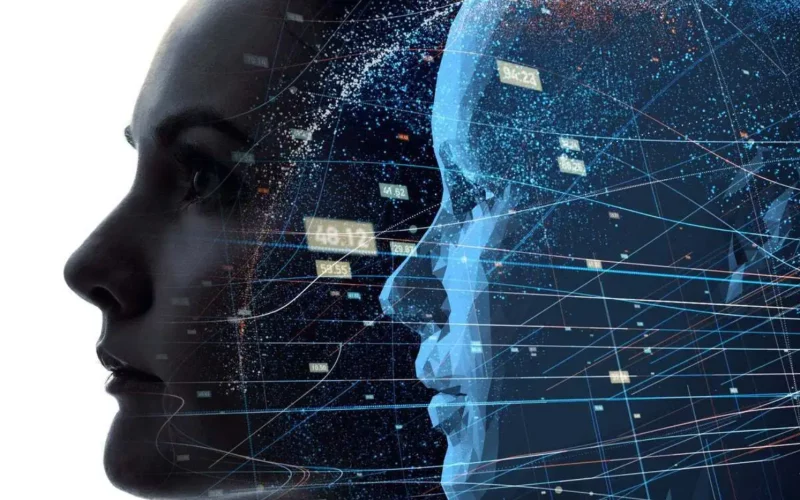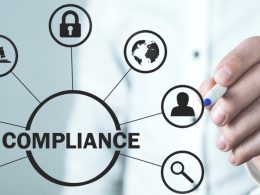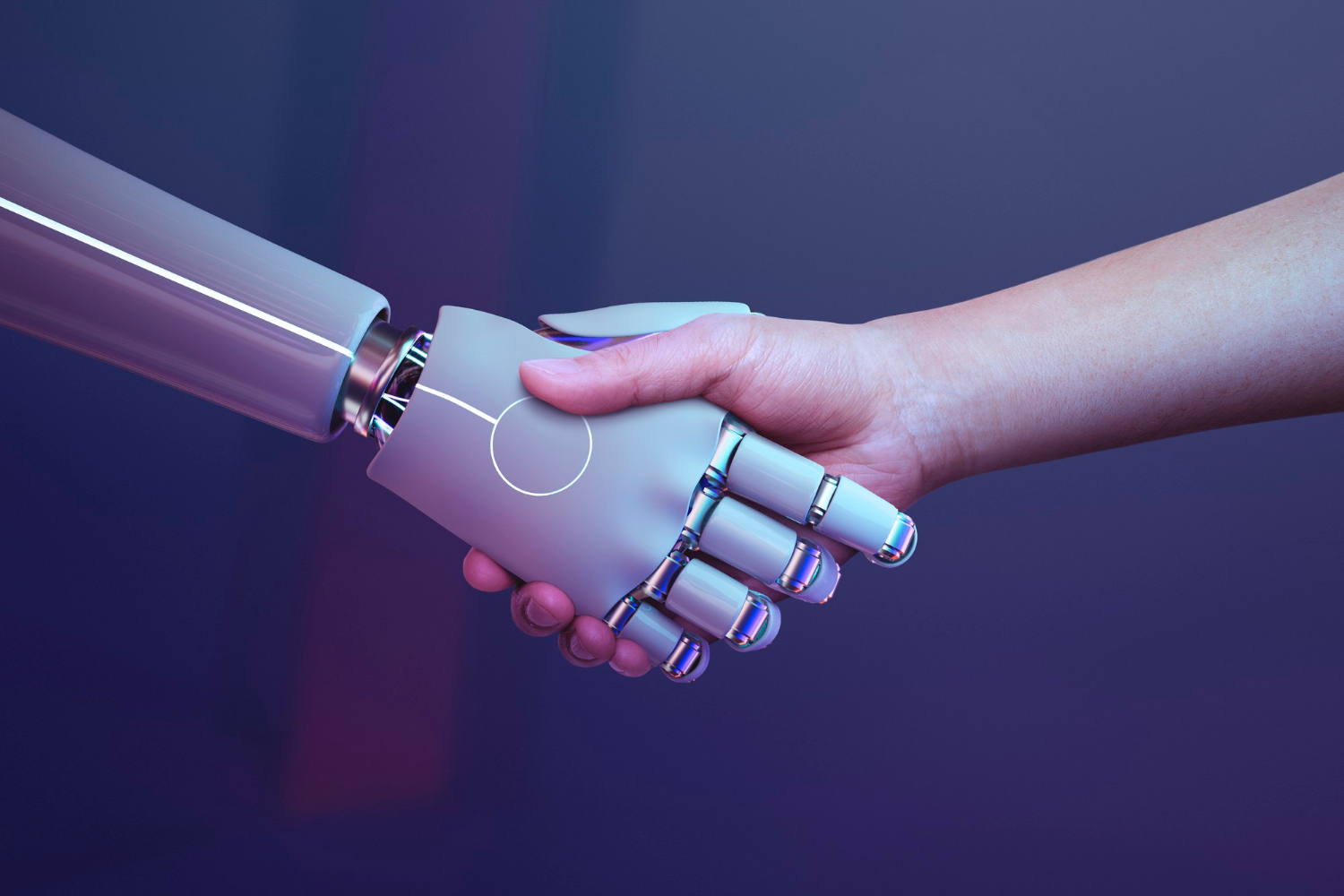Introduction
Digital Twins are transforming the way industries approach complex challenges by providing virtual replicas of physical assets, systems, or processes. This powerful technology, which combines IoT, AI, and data analytics, is enabling businesses to monitor, simulate, and optimize real-world systems in a virtual environment. By 2025, the digital twin market is expected to grow significantly, reshaping industries such as manufacturing, healthcare, real estate, and transportation. Let’s dive into the future of digital twins and explore the benefits, real-world examples, and promising case studies that showcase the transformative impact of this technology.
What is a Digital Twin?
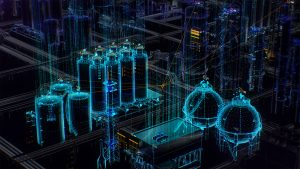
A digital twin is a digital replica of a physical asset, such as a machine, building, or even a human body. Using data from sensors, the digital twin is constantly updated to reflect real-time conditions, providing insights that can be used for predictive maintenance, performance optimization, and risk reduction. Digital twins are becoming more integral as the Internet of Things (IoT) connects more devices, providing data for enhanced decision-making.
Benefits of Digital Twins in Various Industries
Real-Time Monitoring and Control
Digital twins offer real-time monitoring by constantly updating the status of physical assets, which enables early detection of potential issues. For industries such as healthcare and manufacturing, this real-time oversight is crucial in preventing unexpected downtimes or failures.
Enhanced Predictive Maintenance
Through data collected from sensors, digital twins can predict equipment failures before they happen. Predictive maintenance reduces repair costs and minimizes downtime, making it especially valuable in industries like energy and utilities.
Improved Operational Efficiency
Digital twins help businesses understand the intricacies of their operations, allowing them to simulate different scenarios to optimize processes. This can increase productivity, lower costs, and ensure the efficient use of resources.
Risk Mitigation and Safety Improvement
Digital twins provide a safe virtual space to test changes, predict outcomes, and mitigate risks. For example, in construction, digital twins can simulate safety protocols to prevent accidents before they happen.
Sustainability and Reduced Environmental Impact
By optimizing processes and reducing resource waste, digital twins contribute to sustainability efforts. For example, energy consumption in manufacturing can be optimized, which in turn reduces emissions and helps meet environmental regulations.
Industry-Wise Applications of Digital Twins
1. Manufacturing
Use Case: Predictive Maintenance and Process Optimization
Digital twins allow manufacturers to create virtual models of factories and machinery, enabling real-time monitoring and predictive maintenance. By simulating factory operations, manufacturers can optimize production flows, reduce equipment failure rates, and ensure a steady supply chain. For instance, General Electric uses digital twins in its jet engines to monitor performance and predict maintenance needs, saving millions in repair costs.
Example: Siemens’ Amberg Factory
Siemens leverages digital twin technology at its Amberg factory to achieve high levels of automation. The digital twin simulates the factory floor, allowing for real-time adjustments to enhance efficiency. This has enabled Siemens to achieve near-perfect quality production rates.
2. Healthcare
Use Case: Personalized Patient Treatment
Digital twins in healthcare provide a groundbreaking approach to personalized treatment. By creating a virtual model of a patient’s physiology, healthcare providers can predict the outcomes of treatments, monitor health metrics, and tailor medications. This personalized approach enhances patient outcomes and minimizes the risks associated with general treatment methods.
Example: Philips’ Digital Twin of the Human Heart
Philips developed a digital twin of the human heart to assist in testing and optimizing treatments for cardiovascular diseases. This model enables doctors to simulate surgical procedures and drug responses, improving precision in patient care.
3. Construction and Real Estate

Use Case: Infrastructure Planning and Building Management
Digital twins are changing the face of urban planning by allowing architects and urban planners to create virtual models of buildings and entire cities. Through data collected from sensors, digital twins help in maintaining buildings, predicting repairs, and even optimizing energy usage for sustainability.
Example: Singapore’s Virtual City Project
Singapore has created a digital twin of the entire city, called Virtual Singapore, to simulate traffic patterns, monitor building performance, and plan future developments. This project aims to improve urban life by addressing traffic congestion, enhancing building safety, and supporting sustainable urban planning.
4. Energy and Utilities
Use Case: Asset Management and Risk Reduction
In the energy sector, digital twins are used to monitor the performance of power grids, wind turbines, and other infrastructure. Real-time data enables proactive maintenance, helping prevent outages and reduce repair costs.
Example: National Grid’s Digital Twin for Renewable Energy
The National Grid uses digital twins to simulate renewable energy sources, such as wind farms. By analyzing real-time data from wind turbines, the digital twin enables predictive maintenance, maximizing energy output and reducing downtime.
5. Transportation and Logistics
Use Case: Fleet Management and Route Optimization
Digital twins help in logistics by simulating fleet operations, predicting vehicle maintenance, and optimizing routes. This results in reduced fuel costs, efficient delivery times, and improved safety standards.
Example: DHL’s Smart Warehouse Operations
DHL uses digital twins to streamline warehouse operations, simulate package flow, and optimize space usage. By monitoring conditions in real time, DHL minimizes operational delays and enhances customer satisfaction.
Emerging Trends in Digital Twins
AI-Driven Digital Twins
As AI technologies advance, digital twins will become more intelligent, enabling complex decision-making and automation. Machine learning algorithms can analyze patterns within digital twins to make accurate predictions, such as optimizing energy usage in smart cities or predicting machine failures in manufacturing.
Integration with 5G Technology
The rise of 5G will facilitate faster data transfer, making real-time updates for digital twins more precise. In sectors like healthcare and automotive, 5G will enhance the responsiveness of digital twins, enabling quicker simulations and immediate feedback.
Expansion into Smart Cities
Smart cities are adopting digital twins for urban planning, energy distribution, and traffic management. By creating digital twins of entire cities, urban planners can monitor infrastructure, simulate population growth impacts, and enhance public services. Cities like Shanghai and Singapore are already seeing the benefits of this integration.
Edge Computing and IoT
Edge computing allows data processing closer to where it’s generated, reducing latency and improving the efficiency of digital twins. Paired with IoT, edge computing ensures that the digital twin receives instant data updates from sensors, resulting in better decision-making for industries like retail and healthcare.
Sustainable Operations
As industries commit to reducing their carbon footprint, digital twins offer a way to achieve these goals. By using simulations to optimize processes, digital twins reduce energy consumption, minimize waste, and help companies meet sustainability targets.
Successful Implementation of Digital Twins
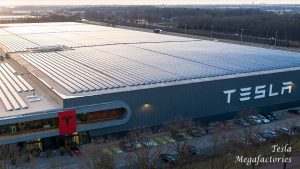
Tesla’s Virtual Factory Model
Tesla uses digital twins in its production lines to simulate the entire manufacturing process, from assembly to quality control. By collecting data from each stage, Tesla’s digital twin detects inefficiencies, allowing engineers to make adjustments in real time. This approach has helped Tesla reduce production costs and enhance product quality.
BP’s Offshore Oil Platform Monitoring
BP leverages digital twins to monitor offshore oil platforms. The twin replicates the platform’s environment, including machinery and external conditions, enabling engineers to predict failures and schedule maintenance without the need for physical inspections. This results in safer operations, less downtime, and lower maintenance costs.
Kaeser Compressors’ Smart Equipment Management
Kaeser Compressors, a leading industrial air compressor manufacturer, uses digital twins to monitor equipment health and predict maintenance needs. The digital twin analyzes data from sensors to predict when compressors need servicing, reducing operational costs and improving service reliability.
The Future Potential of Digital Twins
The future of digital twins appears promising, with potential expansions into sectors such as education, agriculture, and retail. As IoT and AI technologies continue to evolve, digital twins will become more sophisticated, enabling precise simulations and highly personalized insights. In the education sector, for instance, digital twins can simulate lab experiments, providing students with virtual hands-on experience. In agriculture, digital twins can help farmers monitor crop health, optimize yields, and improve soil management.
Digital twins are also expected to play a vital role in the space industry. NASA, for example, uses digital twins to monitor and manage spacecraft performance. As space exploration grows, digital twins will aid in planning, mission control, and long-term exploration strategies.
Conclusion
Digital twins represent a transformative technology with immense potential across industries. From manufacturing and healthcare to urban planning and logistics, digital twins are enhancing efficiency, reducing costs, and paving the way for innovative, data-driven solutions. As industries continue to adopt IoT and AI, the scope and capabilities of digital twins will only grow, bringing us closer to a more connected, optimized, and sustainable future. For businesses looking to stay competitive, the integration of digital twins is not just a trend but a strategic move toward a smarter, more efficient operational model.
Digital twins hold the key to a future where virtual simulations and real-time data-driven insights will redefine the way industries operate, allowing them to make faster, smarter, and safer decisions. Whether you’re in manufacturing, healthcare, or city planning, embracing digital twins could be the step forward to a dynamic and resilient future.



